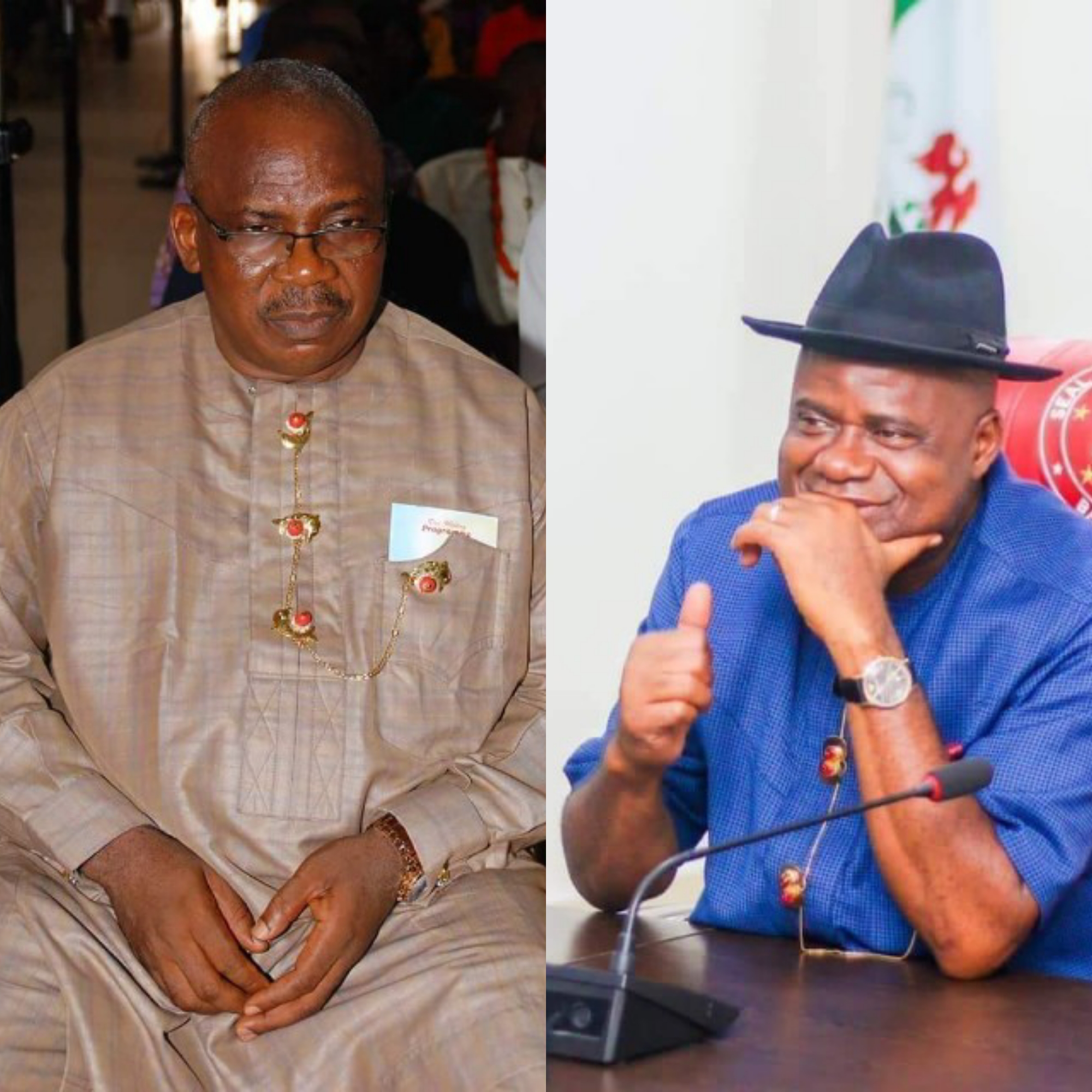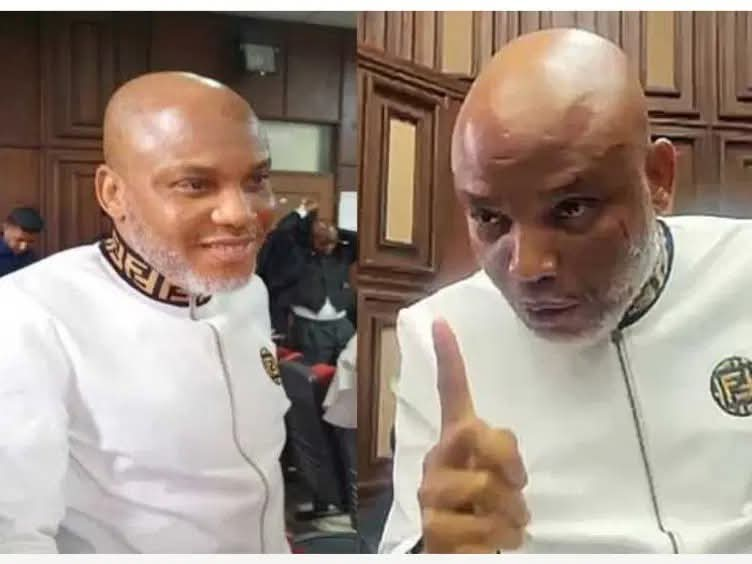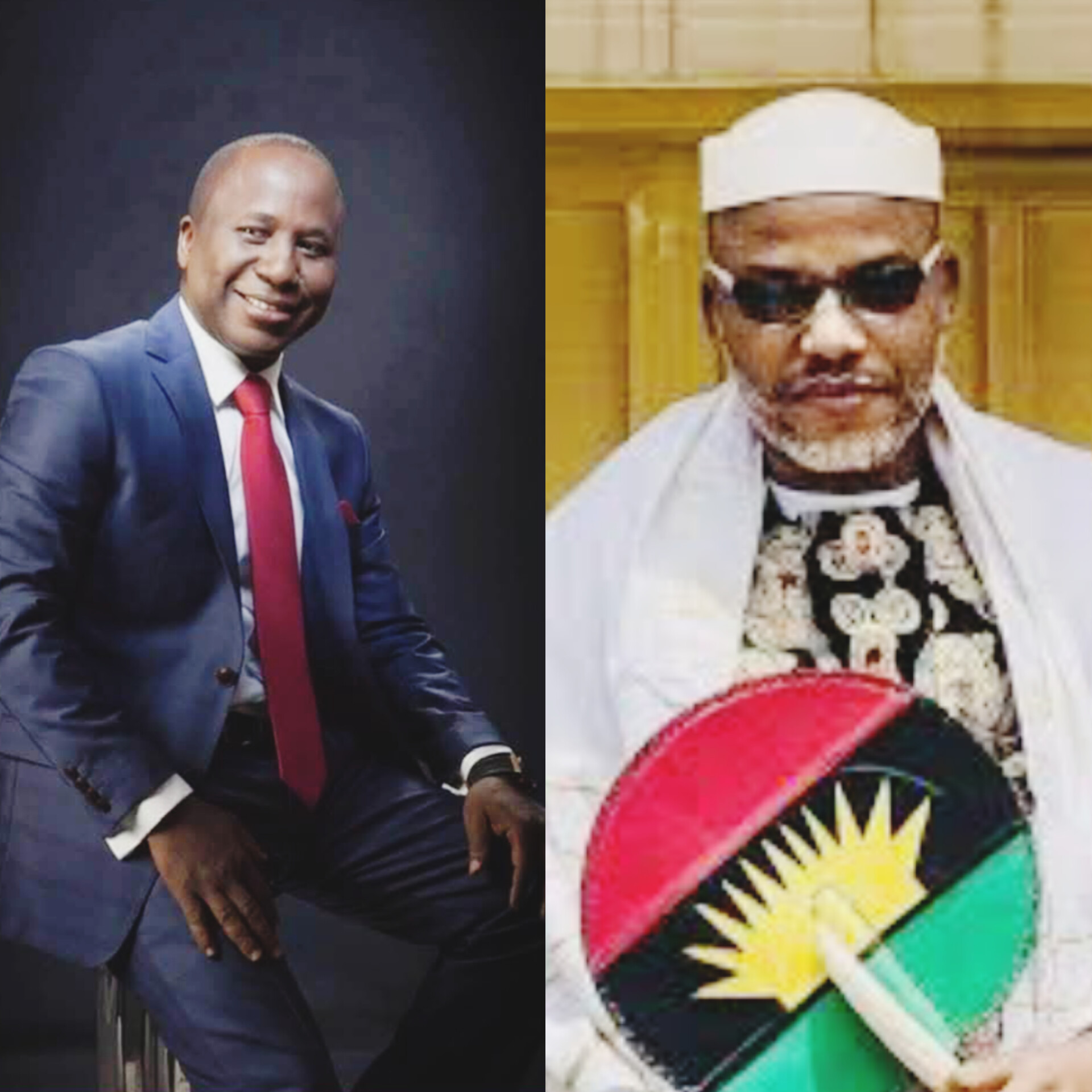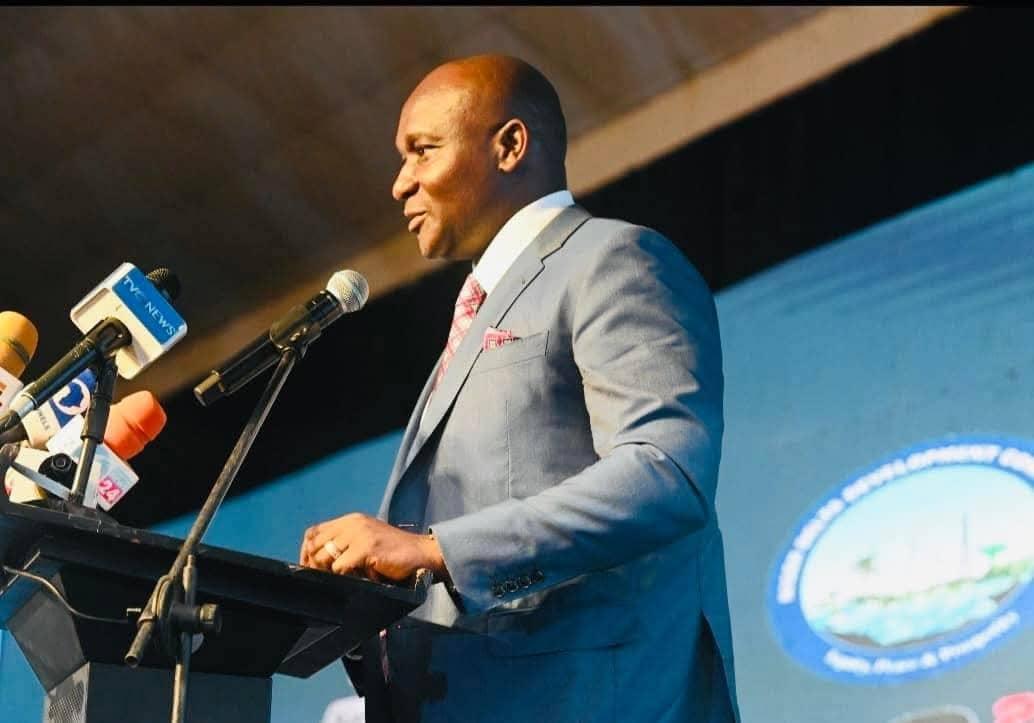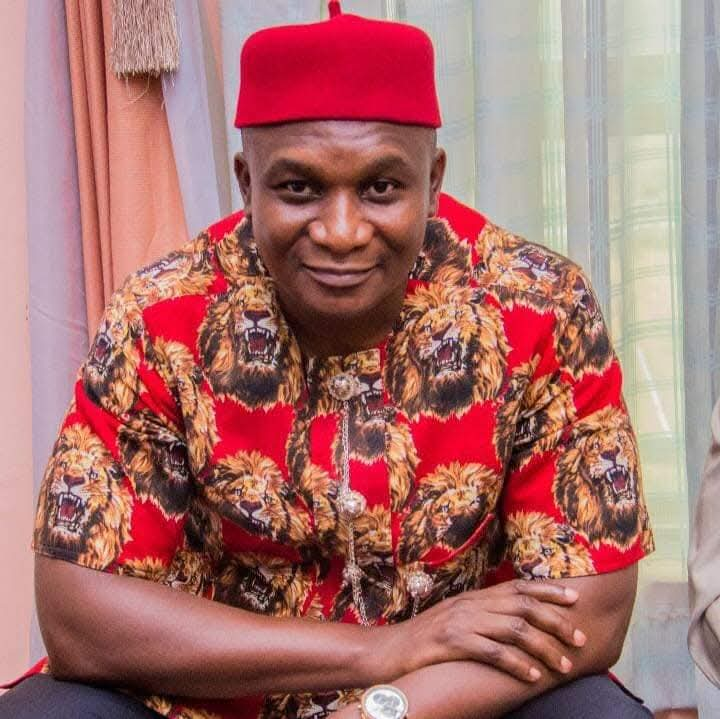By Furoebi Freedom Sheba Akene
Thank you for reading this post, don't forget to subscribe!Introduction
In recent years, it has become increasingly difficult to openly discuss and comment on issues in Bayelsa State without facing insults and backlash from paid agents referred to as “data boys.” This has created a culture of silence among the elders in the state, leaving only sycophants and compromised individuals to have a voice. However, I feel compelled to respond to a recent article written by one Preye Bagou and published in Bayelsa Focus Group Facebook page in which my name was mentioned, as there are certain misconceptions that need to be addressed. This blog post aims to set the records straight and provide an educational perspective on comparative analysis.

The Indices of Comparison
To truly understand the level of development in Bayelsa State, it is essential to consider several indices:
- Development in physical infrastructure and human capacity:
Examining the development that has taken place in every state since Bayelsa’s creation in October 1996 until now is vital. We must analyze the progress made in terms of physical infrastructure, such as roads, healthcare facilities, and educational institutions, as well as the development of human capacity through skill development programs and employment opportunities. - Revenue inflow:
Comparing the revenue profiles of Bayelsa State with neighboring states, such as Rivers, Delta, and Akwa Ibom, is crucial. While these states receive similar allocations from the Federal Government and the 13% derivation, it is essential to examine the differences in internally generated revenue (IGR) over the years. This analysis will shed light on the economic self-sufficiency of each state. - Other sources of revenue:
It is important to consider additional sources of revenue, such as loans, grants, donations, and investments. By evaluating how efficiently Bayelsa State has utilized these resources, we can gain insight into its potential for development.
Comparative Analysis
When conducting a comparative analysis, it becomes evident that Bayelsa State falls short in terms of development when compared to neighboring states like Akwa Ibom, Delta, and Rivers. These states have made unprecedented progress in terms of infrastructure development, including dual carriage roads in cities and towns, housing estates, and other critical infrastructures. It is disheartening to note that Bayelsans visit these states for tourism, while there is a lack of tourist attractions in Bayelsa itself. This disparity raises questions about the leadership and prioritization of development in the state.
Challenges and Concerns
The lack of progress in Bayelsa State can be attributed to mismanagement and a lack of interest in the state’s development by its leaders. A significant portion of the state’s earnings is diverted for personal gains and nepotism, leaving very little for recurrent and capital expenditures. The government’s transparency briefings are mere window dressing, devoid of actual transparency. Sycophancy, blackmail, and militancy seem to be the most lucrative paths to recognition in the state, further hindering its progress.
Conclusion:
It is essential to acknowledge that knowledge and ideas are the driving forces behind good and progressive governance. Bayelsa State has tremendous potential for development, but it requires leaders who prioritize the state’s welfare over personal gain. Genuine transparency, efficient utilization of resources, and the promotion of intellectual discourse are crucial in propelling Bayelsa towards sustainable development.
*Culled from Furoebi Freedom Sheba Akene’s comment in Facebook and edited for brevity by Robinson Erebi
Kindly share
